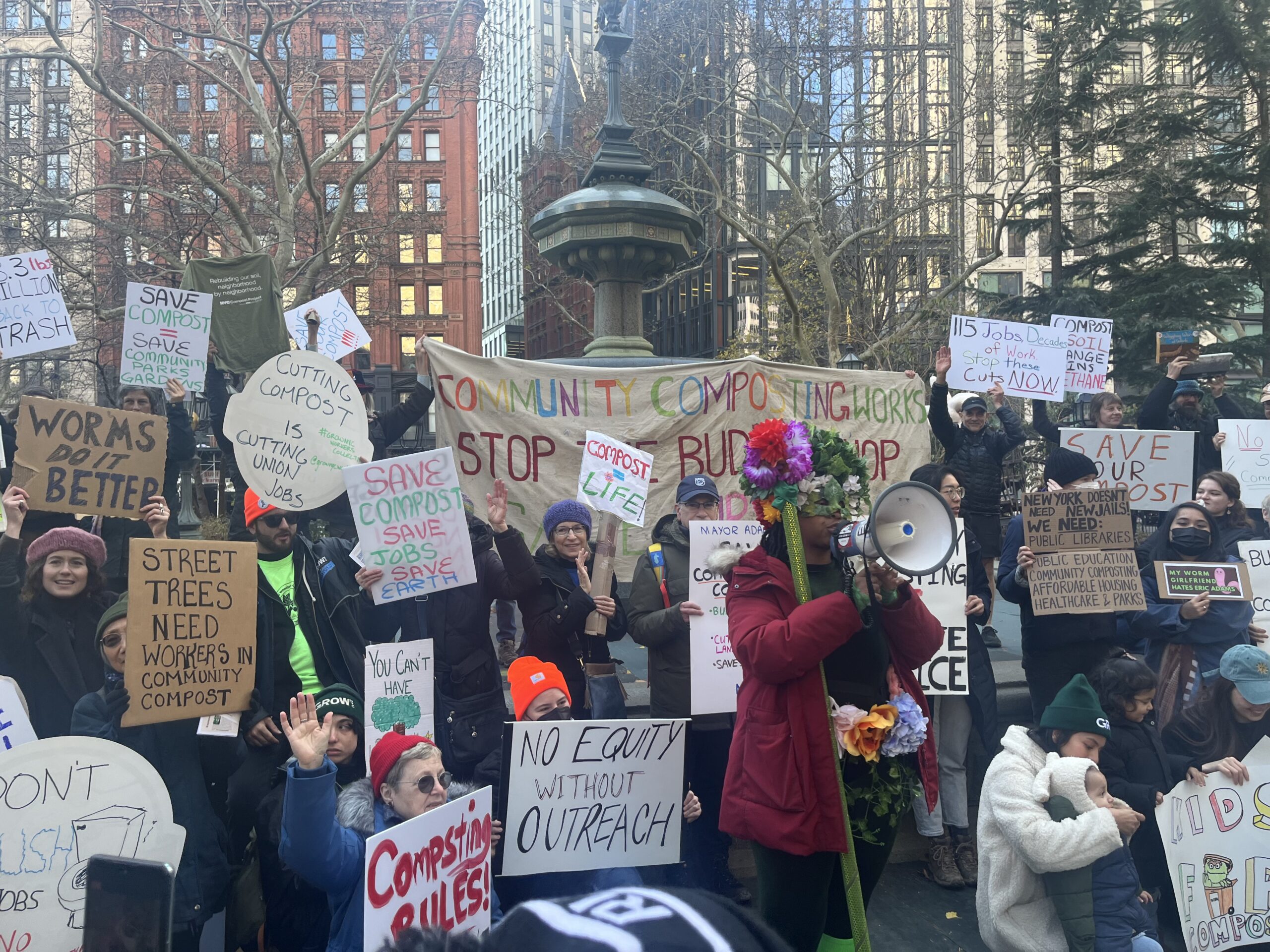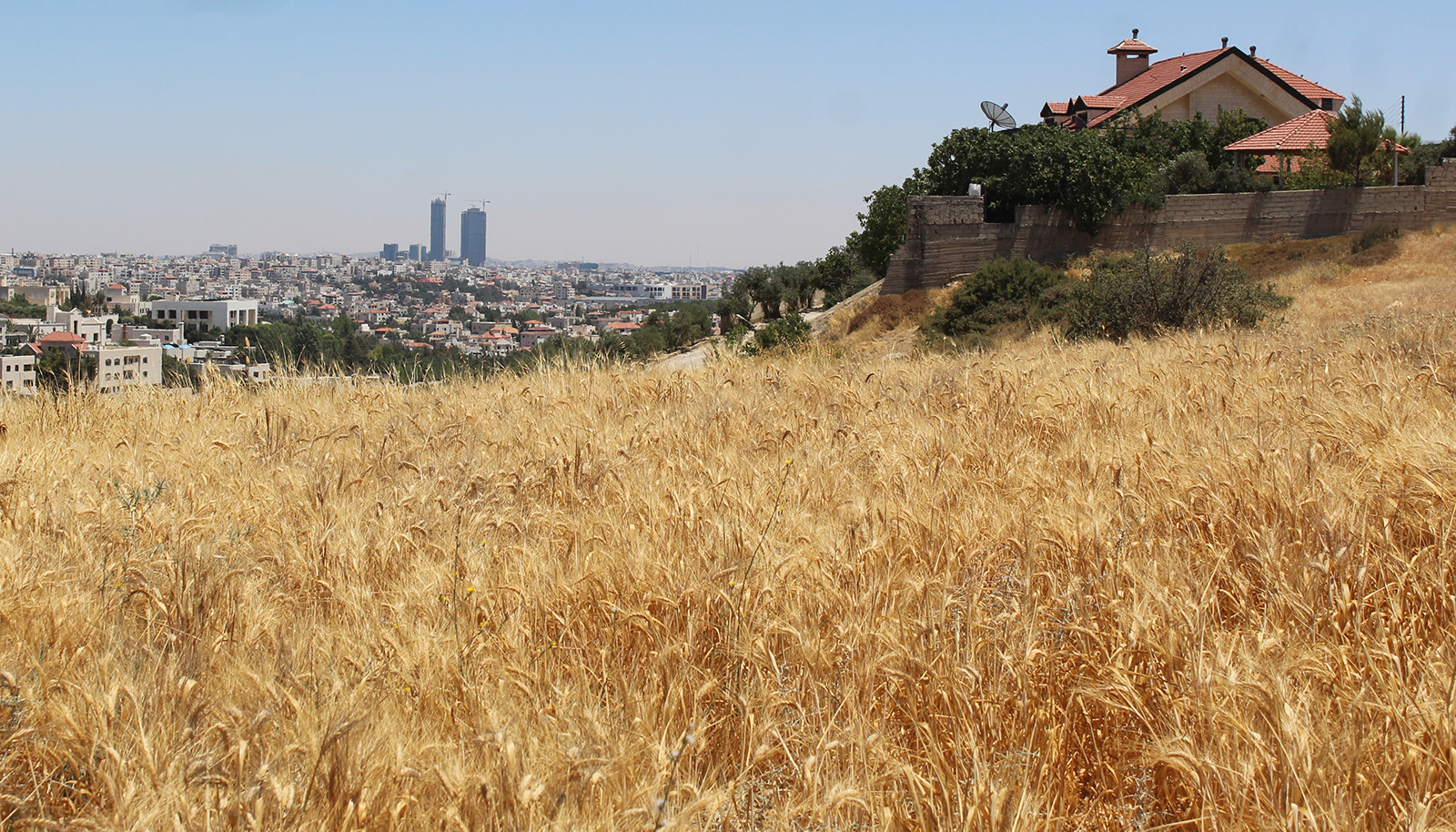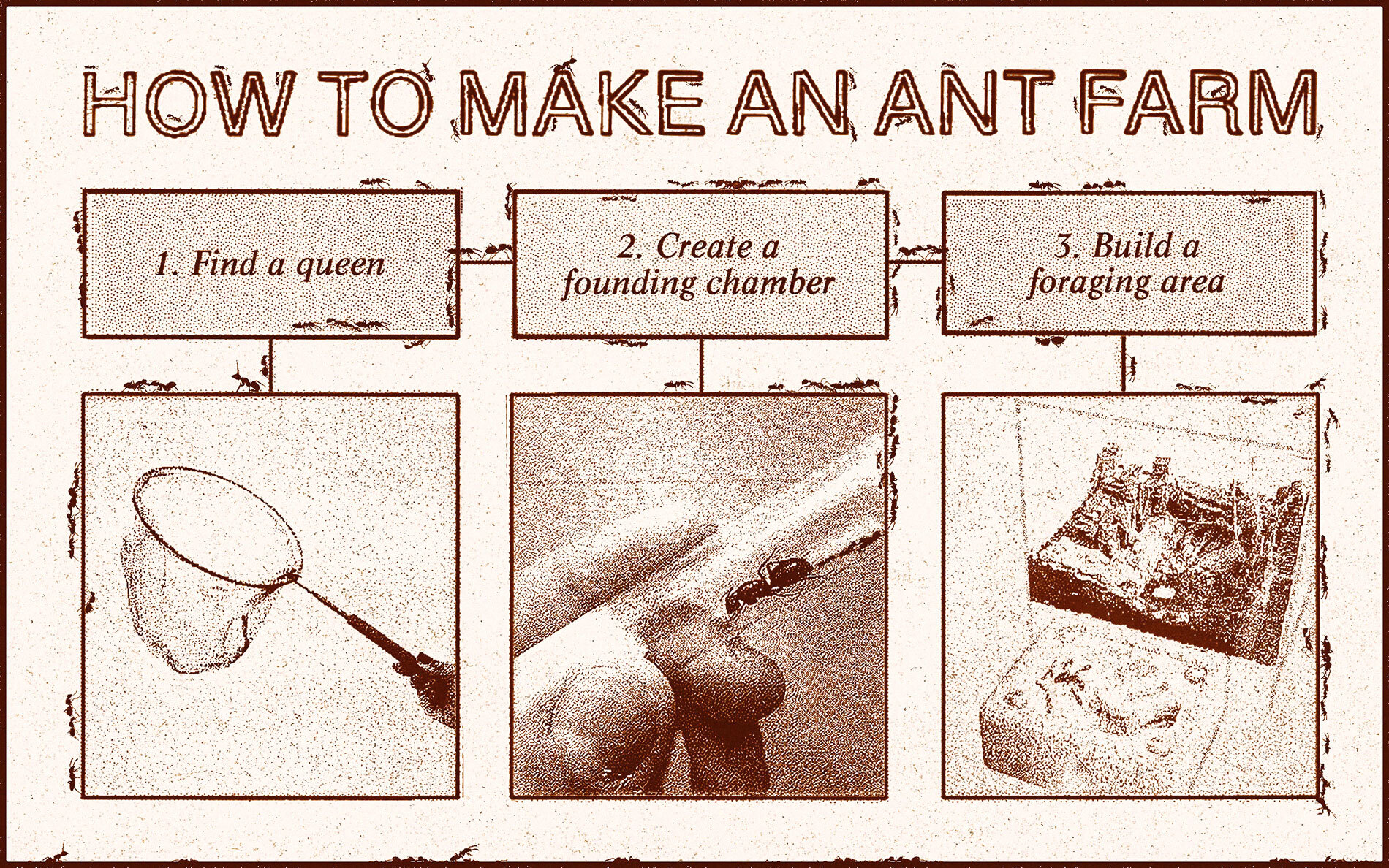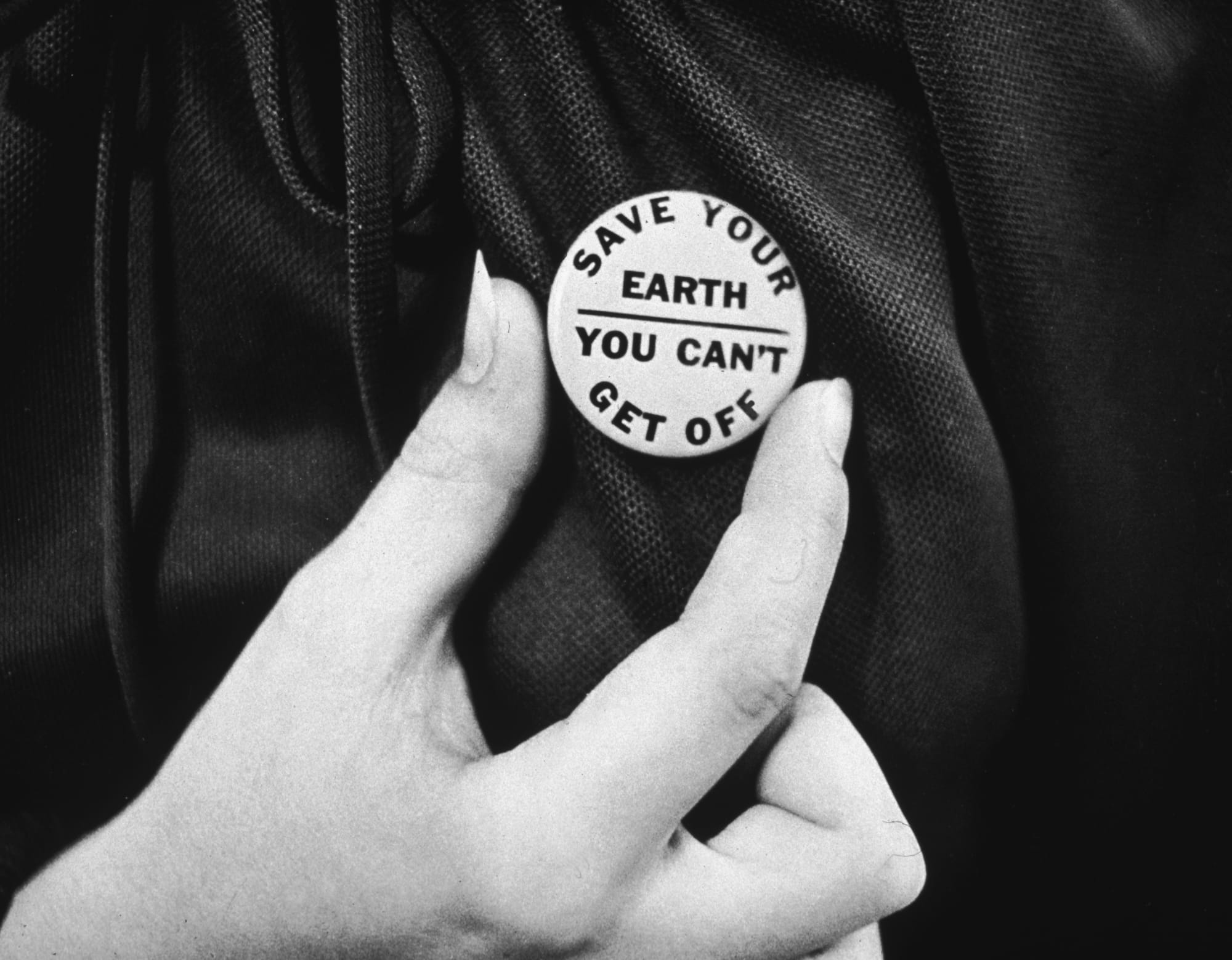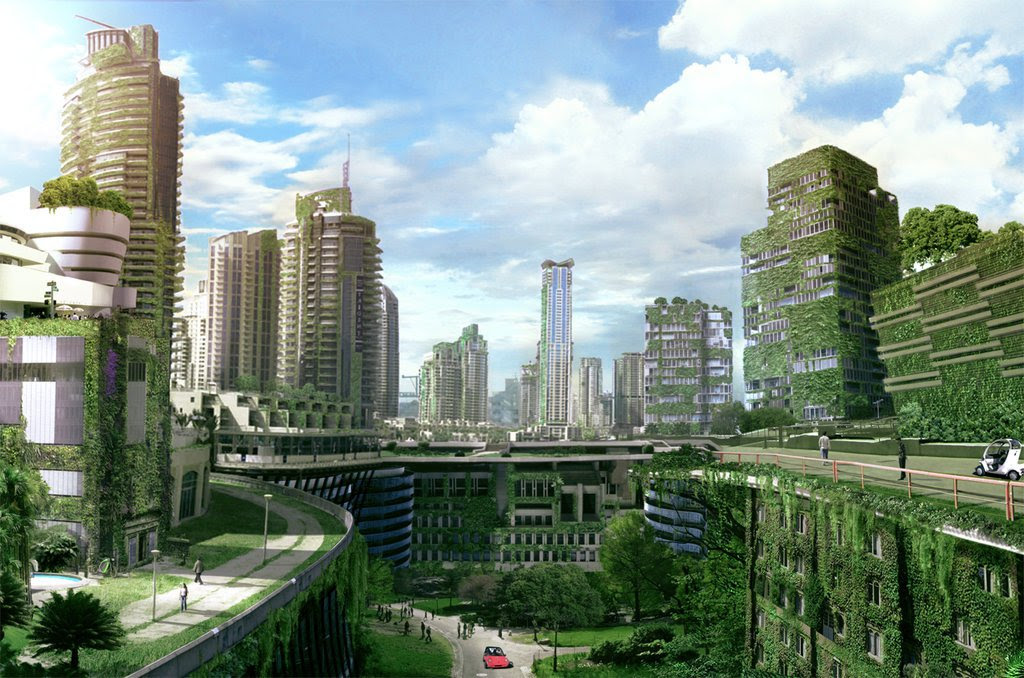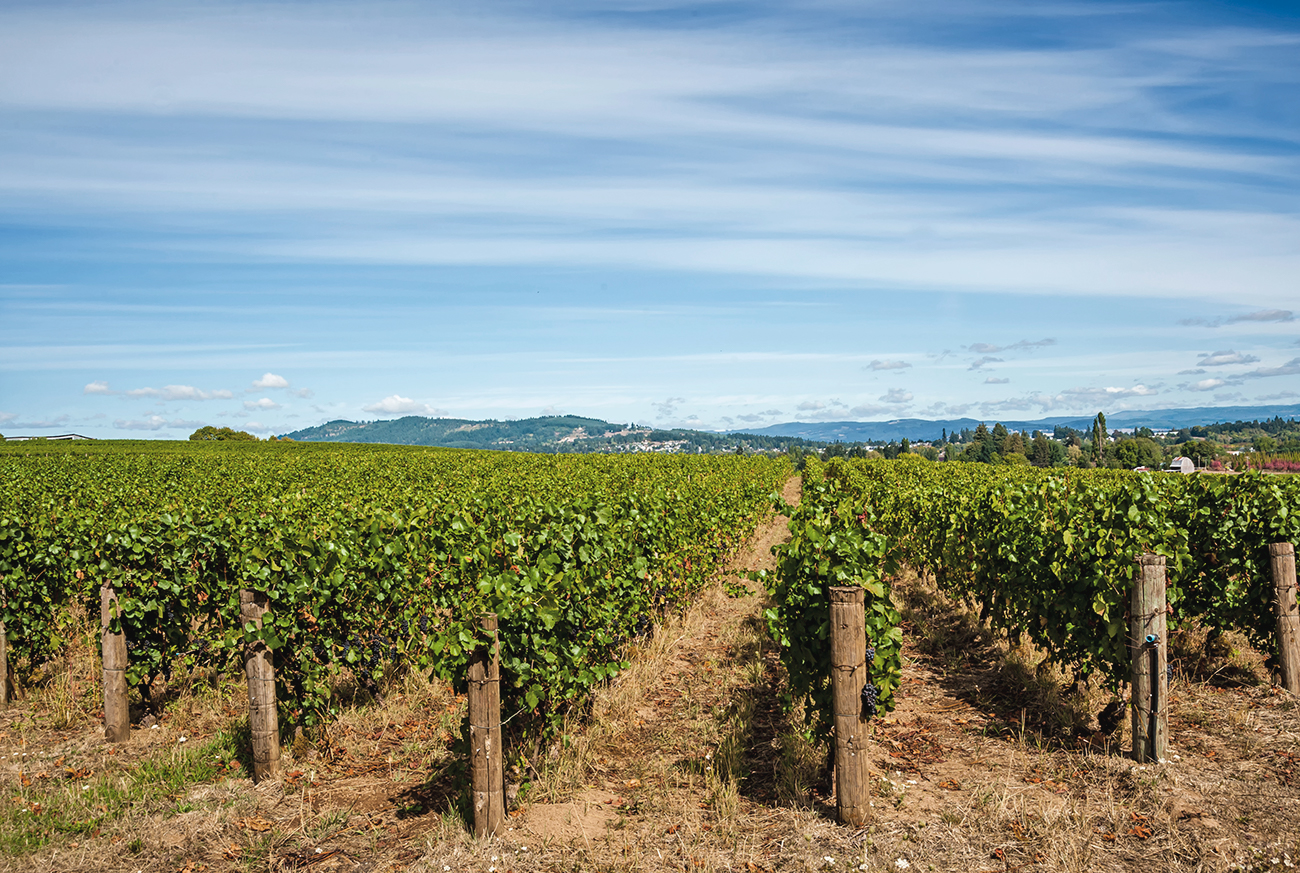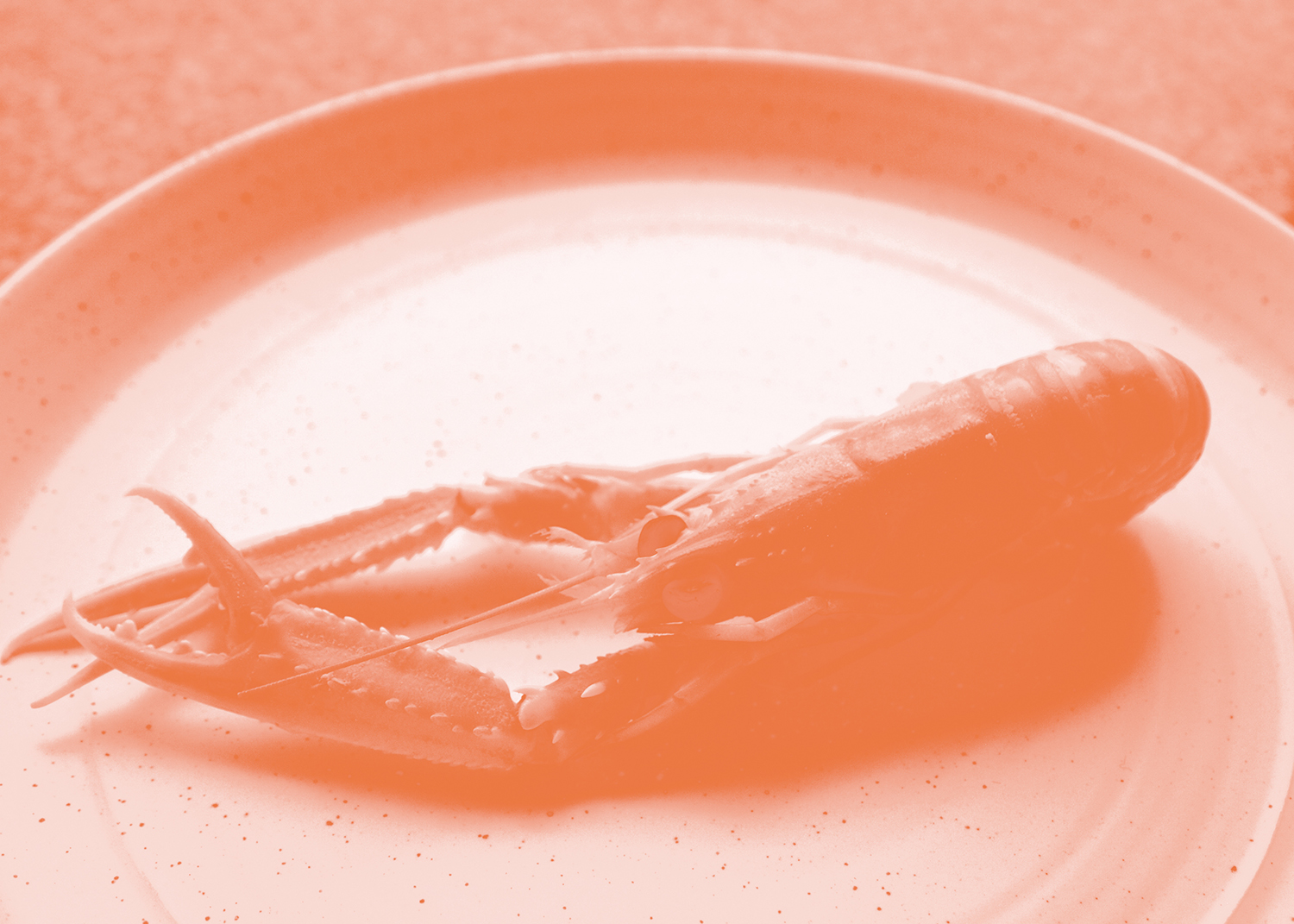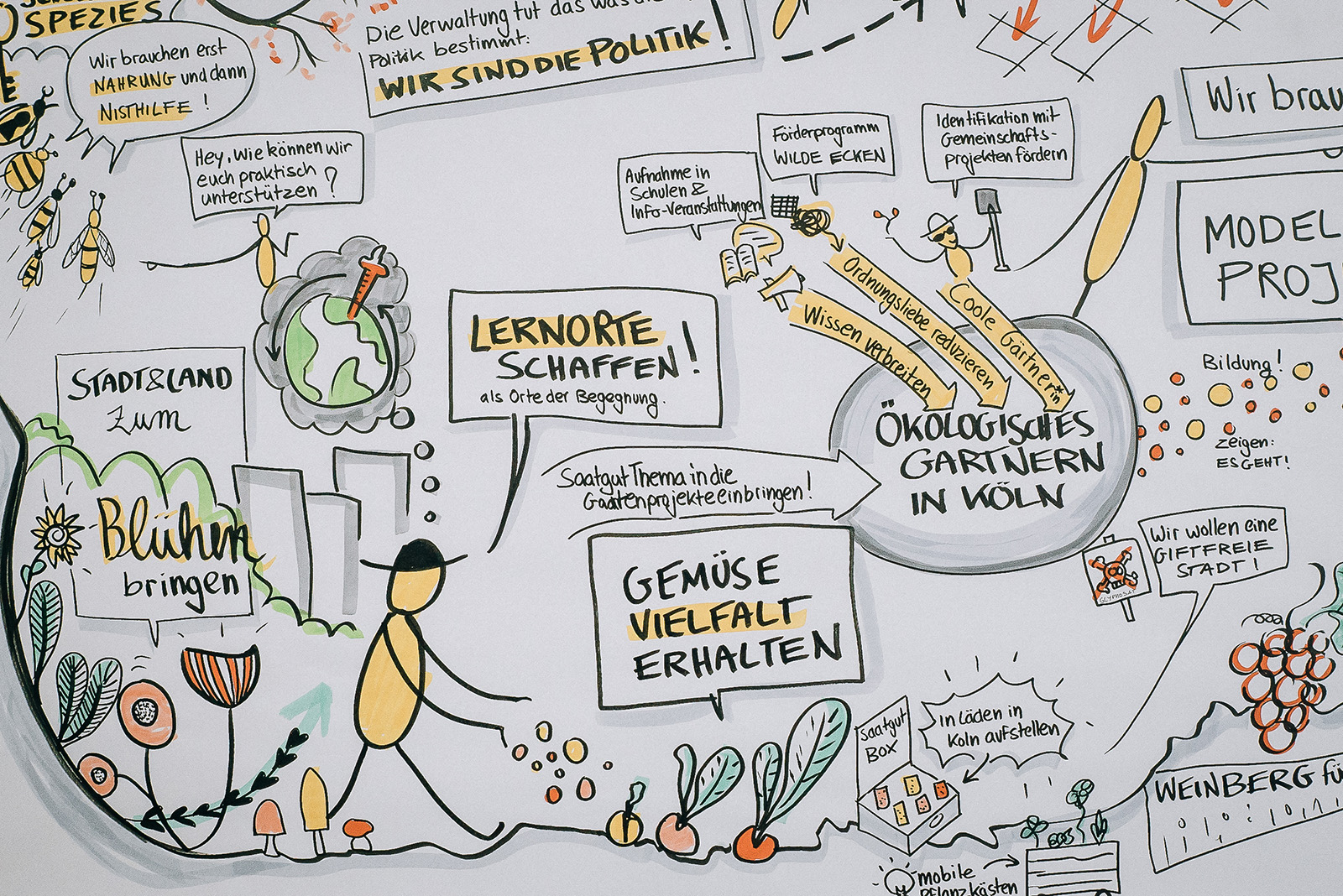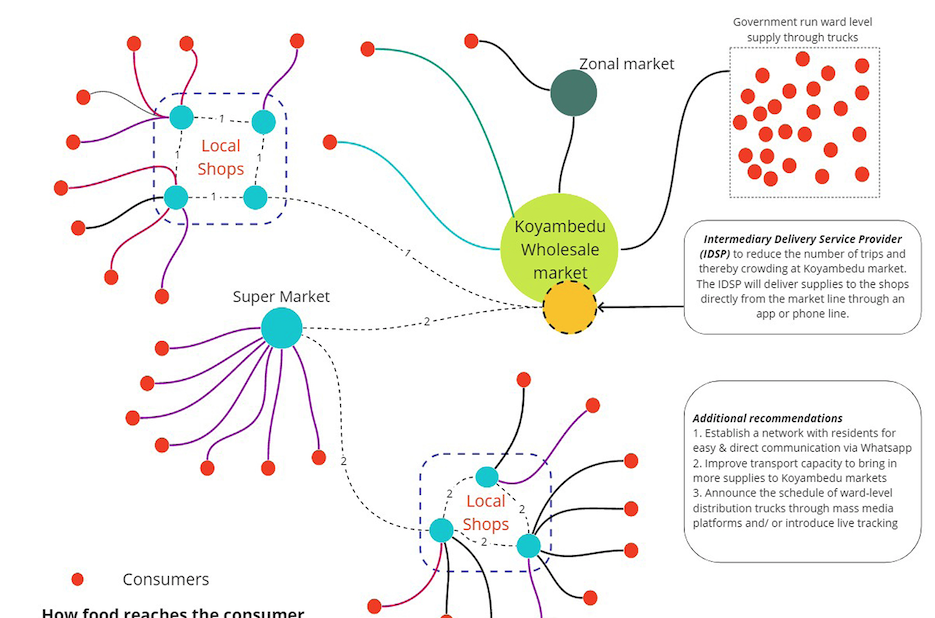Ask ten farmers for their manifestos and you will hear ten different diatribes: the biodynamic French intensive farmer will claim that double digging in raised beds will yield the highest humus content; the low- or no-tiller will claim that cultivation degrades soil in the long run; the veganic permaculture designer will claim that that cover crop, companion and guild planting that mimic biological relationships will create a balanced garden ecosystem; the integrated livestock and crop farmer will claim that fresh manure is the soil’s greatest fertilizer; the holistic grazier will claim that restoring grassland with cattle—financed by selective meat sales – is the most effective way to reverse climate change; the urban rooftop, vertical, aquaponic, mushroom, or small plot intensive farmer will claim that fighting environmental racism, localizing the food system, and increasing access to nutritional produce in food deserts is the top priority. How might we convene these philosophies into a holistic practice that includes farmers of all scales, visions, and geographies?
In the same way that farmers often delve through complex problems to reveal simple solutions, perhaps modern agriculture’s most straightforward and sustainable method is actually the oldest, as in the Old Testament’s Shmita year:
And six years thou shalt sow thy land, and gather in the increase thereof; but the seventh year thou shalt let it rest and lie fallow, that the poor of thy people may eat; and what they leave the best of the field shall eat. – Exodus 23:10
Ancient Jewish farmers followed this Biblical commandment along with the Talmud’s agricultural laws (a compendium of Bible commentaries), the most well-known of which is Pe’ah, to leave field corners for the needy to glean. Shmita is the cyclic grand finale of Jewish farming laws, the Sabbatical year of rest for land and its stewards. In addition to letting ground lie fallow, all debts are forgiven and perennial fruits and herbs are deemed ownerless so that anyone can pick them. Every seven Shmitas is the Yovel (Jubilee) year, during which slaves and prisoners are freed and all properties are restored to original owners. Jewish community farms like Connecticut’s Hazon and Philadelphia’s Jewish Farm School initiated the Shmita Project in 2014 with a focus on radical reparation of systemic inequity (which has even caught the attention of secular United Way, the world’s largest charity); Hazon and its Shmita Network organize congregations and write guides that provide pragmatic ways to realize Shmita’s moral commandments in one’s local community. A contemporary practice of Shmita not only claims the potential to disrupt poverty; it also proposes an agricultural stage for climate change reversal.
According to a new study from Northeastern University and nonprofit research organization The Organic Center, soils from organic farms have 26% more potential for long-term carbon storage than soils from conventional farms. Climate change activists who focus on soil health, like biologist Allan Savory (recipient of the Banksia International Award and winner of the 2010 Buckminster Fuller Challenge) moreover advocate livestock grazing to sequester carbon in the ground and reverse desertification. Given this research, soil health is not only essential for a single farm’s sustainability and quality of produce, but also to the Earth’s climate. The 21st century farmer’s mission, therefore, encompasses even greater stakes than producing food, and one’s practice is far more integral than the proverbial “art and science in one.” As expressed in Stone Barns Center’s Letters to a Young Farmer, a vocation in agriculture is an interdisciplinary inquiry of equal parts business scalability, economic accessibility, gender and race equity, technological efficiency, and spiritual ecology.
I recently finished a Jewish urban farming fellowship at Berkeley’s Urban Adamah, where I learned about Shmita. A few days after the lesson, I struck up conversation with a visiting apprentice from Nevada’s Dayton Valley Aquaponics. I expressed my simultaneous intrigue of vertical aquaponic farms’ closed-loop resource efficiency and my skepticism of their produce’s quality if it is not grown in regenerative soil. He cogently replied, “Aquaponics and other organic farms don’t need to be either-or. They can take a yes, and approach. A large-scale aquaponic urban farm could produce enough food to free up the soil.” I dropped the Bible quote about Shmita and we both said “Amen!” We brainstormed the various ways that urban and rural farms could collaborate to grow food as well as let land rest. If the relatively food-scarce ancient Jews could refrain from farming every seventh year, why could our food-abundant modern civilization not?
From a Hegelian view of history, we live in the synthesis of agriculture’s dialectic: the circa 10,000 B.C.E. Agricultural Revolution reduced our foraged nutritional variety but increased caloric production by cultivating wheat, rice, and maize, which initiated mass population growth; the 20th century’s Green Revolution employed high-yielding cereals and chemical fertilizer to feed an overpopulated planet but depleted soil health and traditional diets; today, the global agroecology movement localizes food systems to feed enough people, maximize nutritional variety, and improve soil fertility. Through grassroots experiments and knowledge exchanges, farmers around the world realize solutions to history’s agronomic challenge of quantity and quality. In addition, organizations like Bio-Logical Capital, The Perennial Farming Initiative, Food First, and Land Core USA (just to name a few) attempt this integrative approach to ecology, health, and flavor.
We cannot imagine the future of agricultural innovation, however, without imagining the future of food. The mid-20th century’s conventional farming and the modern supermarket’s “eternal summer” fundamentally changed our relationship with locality and seasonality such that we are rich in culinary opportunity yet poor in creativity. In the words of chef and thought leader Dan Barber (from an interview with Big Think), “[America has] never been forced into the kind of agricultural realities that almost every culture and cuisine has struggled with over thousands of years…They evolved out of peasant agriculture and they evolved out of this negotiation that peasants were making with the landscape. How can we get something to harvest out of this soil, this landscape and how can we make it nutritious and delicious for our family and our community? That’s the history of cuisine. The exception is America.” American cuisine does have a history, but it dates from the post-WWII era’s bland foods of convenience: General Mills mass-produced breakfast cereals with a postwar grain surplus; GIs brought back pizza and spaghetti from Italy, which inspired the (faux) Italian-American cuisine of gluten-heavy dough and tomato-dominant sauce that relied on the Heartland’s inexpensive produce; suburbanites bought new “ethnic cuisines” like frozen bagels, chili con carne, gyros, and General Tso’s Chicken.
From a designer’s paradigm of creativity in scarcity, architect Bjarke Ingels vouches “hedonistic sustainability,” the notion that we need not give something up in order to live more sustainably; rather, the most ecologically sound designs are most pleasurable because of their ethics. What might comprise American cuisine in year 2100 if Shmita and intensive urban farms become the norm? Microgreens and mushrooms reach harvest in 1-3 weeks—a skyscraper vertical farm yields several tons of daily fresh produce; rooftop farms, community gardens and peri-urban farms produce supplementary herbs, root vegetables and leafy greens; in the immediate countryside, heirloom grain and legume farms like Washington’s Bluebird Grain, California’s Capay Mills and Rancho Gordo, and South Carolina’s Anson Mills could produce a diversity of whole grain and protein-rich plants; holistic graziers roam any unused former industrial farmland while pastoral farms alternate fallow Shmita years. A diet rich in microgreens, mushrooms, and heirloom wheat and beans—a supper of, say, shiitake and scarlet runner bean ragù, baby chard and basil salad, and a slice of Einkorn sourdough toast—could comprise a great Anthropocene cuisine. “The future hides in the past,” an adage as old as Shmita, could ring true once again and yield us both the most delicious plate and most fertile field.
